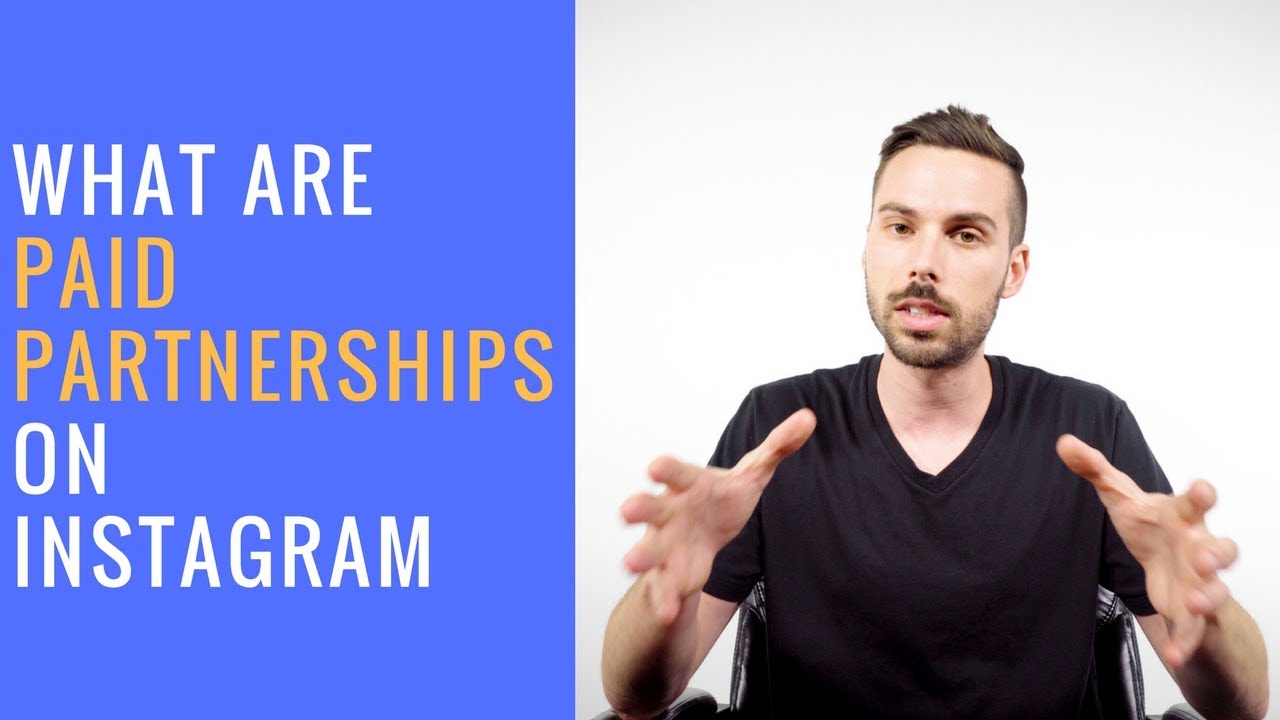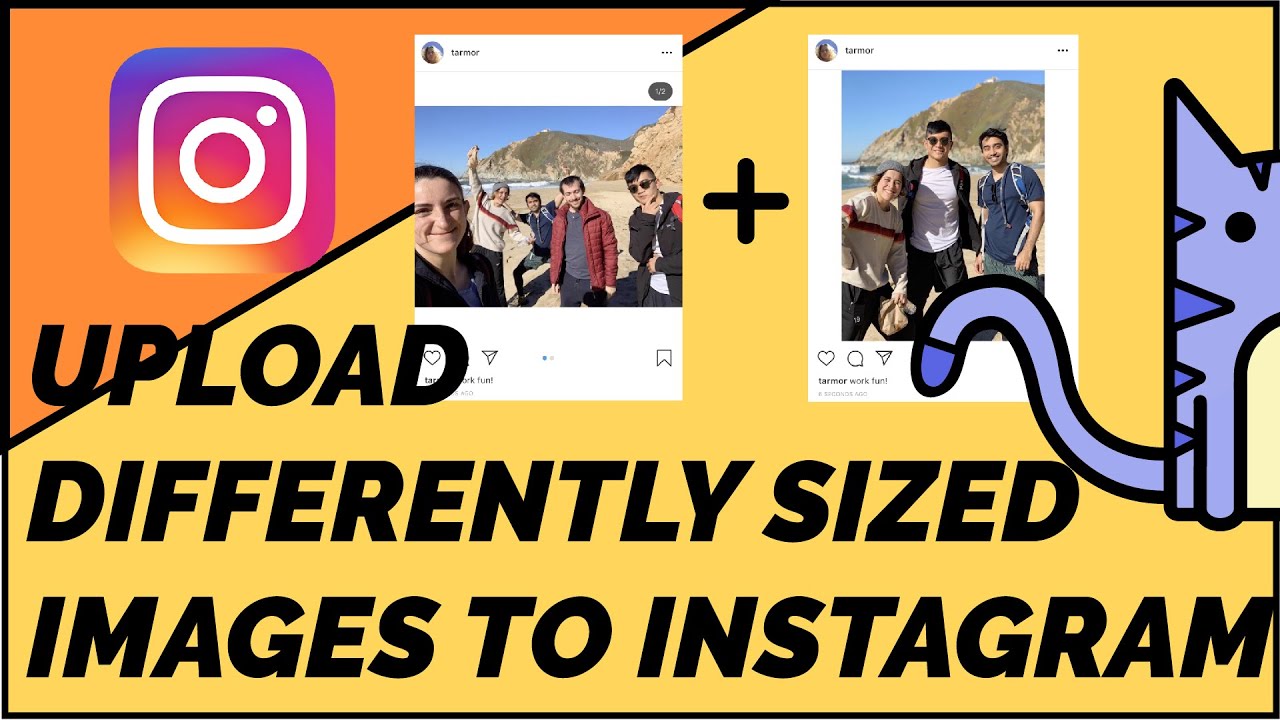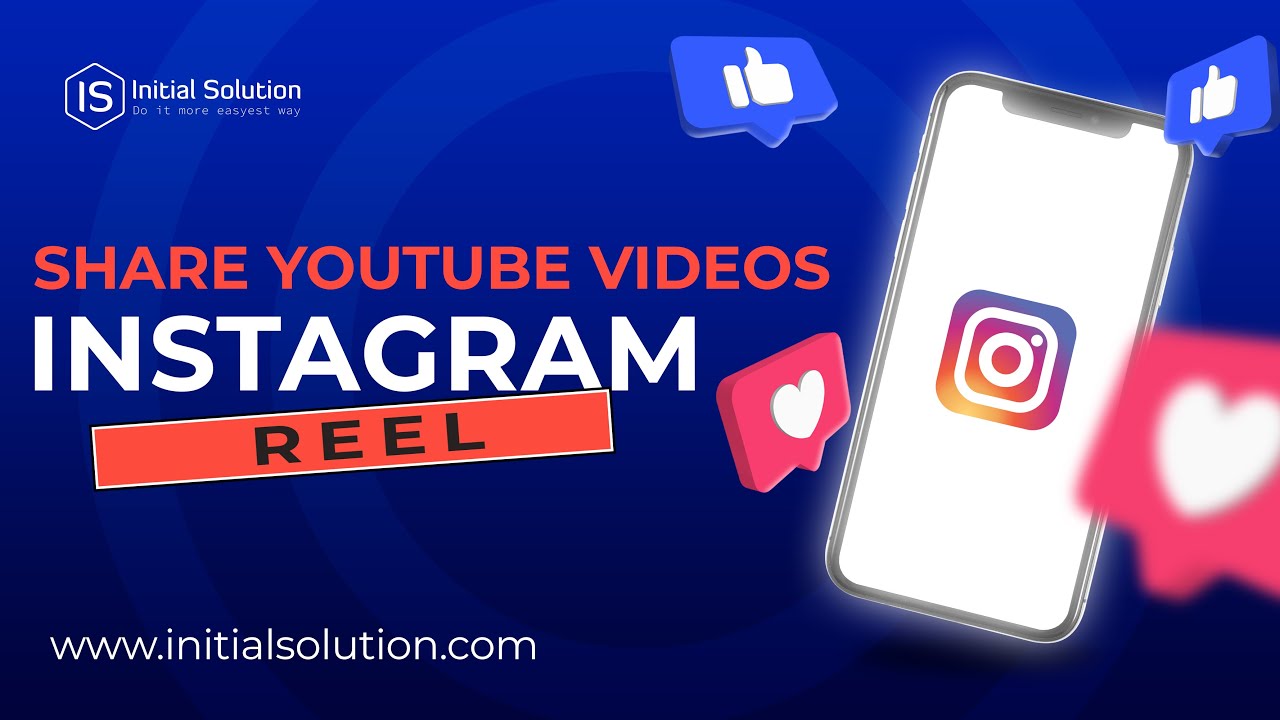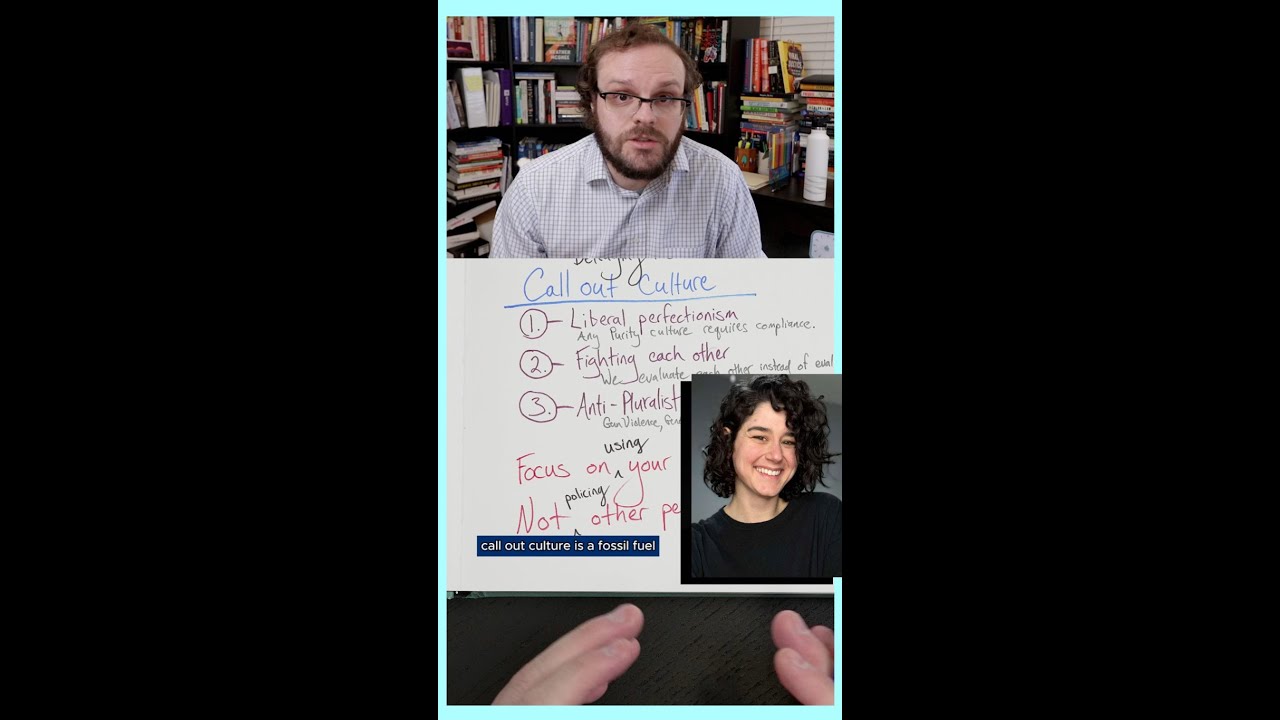What is paid partnership on instagram and how it works

What is Paid Partnership on Instagram?
Instagram has rapidly become one of the most popular social media platforms, not just for sharing moments, but also for branding and marketing. The term paid partnership specifically refers to a collaborative arrangement between a brand and an influencer. In this setup, the influencer promotes the brand’s products or services through their posts while being compensated for their efforts.
In practical terms, when an influencer engages in a paid partnership, they create content—a post or a story—that showcases the brand or its products prominently. This includes using the Instagram features that explicitly label the collaboration, allowing followers to understand that the post is part of a paid agreement. This ensures transparency and follows Instagram’s guidelines on sponsored content.
How Does Instagram Define Paid Partnerships?
Instagram defines paid partnerships as content where compensation has been exchanged for promotion. This could be in terms of monetary payment, products, or other incentives. Instagram requires users partaking in such partnerships to use the “Paid Partnership with…” tag, which helps followers identify these sponsored affiliations clearly.
How Does Paid Partnership Work on Instagram?
The mechanics of a paid partnership on Instagram can be broken down into several straightforward steps:
- Brand Selection: First, brands identify influencers whose audience aligns with their target demographic. This is crucial since the effectiveness of the partnership largely hinges on relevance.
- Negotiation: Once a suitable influencer is identified, the brand and influencer negotiate the terms. This includes aspects like the type of content, the timeline, and the compensation.
- Content Creation: After the agreement, the influencer will create content that showcases the brand authentically. Given their established connection with their audience, influencers can present the product in a more relatable manner.
- Disclosure: As mentioned, the influencer must disclose the partnership by using the paid partnership tool on Instagram, ensuring authenticity and compliance with advertising regulations.
- Campaign Tracking: Post the campaign, both parties often analyze the effectiveness of the partnership through engagement metrics. This analysis helps in fine-tuning future collaborations.
Benefits of Utilizing Paid Partnerships on Instagram
The appeal of utilizing paid partnerships on Instagram extends to both brands and influencers, offering numerous advantages:
For Brands
- Increased Reach: By partnering with influencers, brands can tap into established communities, allowing them to reach a broader audience.
- Authenticity: When influencers promote a product, it often feels more genuine than traditional advertising. This can lead to higher trust among potential customers.
- Targeted Marketing: Brands can choose influencers that align closely with their specific target market, enhancing the odds of attracting the right customers.
- Engagement: Influencer posts often garner more engagement than brand-created content, leading to higher interaction rates with potential customers.
For Influencers
- Monetization: Influencers can monetize their content effectively through paid partnerships, providing income sources beyond personal branding.
- Brand Relationships: Collaborating with established brands enhances an influencer’s credibility and attractiveness to other potential partners.
- Content Variety: Paid partnerships allow influencers to diversify their content, introducing new products to their audience.
- Growth Opportunities: Successful collaborations may lead to larger partnerships or sponsorship deals, significantly enhancing an influencer’s career trajectory.
Challenges of Paid Partnerships on Instagram
While there are numerous benefits, there are also challenges that both brands and influencers must navigate:
For Brands
- Choosing the Right Influencer: The selection process can be daunting. An ill-suited influencer may not resonate with the brand’s target demographic.
- Controlling the Message: Once an influencer is engaged, brands often relinquish some control over how the message is conveyed.
- Measuring ROI: Determining the success of a partnership can be challenging. Brands need clear metrics to evaluate whether their investment is yielding positive results.
For Influencers
- Authenticity VS Commercialization: Influencers sometimes struggle with balancing genuine content creation with paid promotion, which might alienate their audience if not well executed.
- Dependence on Brands: Relying too heavily on paid partnerships can restrict an influencer’s creative freedom and authenticity.
- Legal Implications: Failing to disclose partnerships properly could lead to legal issues or damage to one’s reputation.
The Future of Paid Partnerships on Instagram
As Instagram continues to evolve, so does the landscape of paid partnerships and sponsorships:
Increased Regulation and Transparency
The demand for transparency in advertising is growing. As a result, Instagram has implemented rules to facilitate proper disclosure. The platform emphasizes the necessity for creators to label sponsored content explicitly. This trend is likely to grow, making authenticity even more pivotal.
Focus on Micro and Nano Influencers
Brands are beginning to recognize that micro (1K-100K followers) and nano influencers (under 1K followers) often have higher engagement rates. These smaller influencers tend to foster tighter-knit communities, which can lead to stronger brand loyalty and better ROI.
Technological Advancements
With ongoing advancements in technology, platforms like Instagram are expected to integrate more sophisticated analytics tools. These tools will help brands better track the success of their paid partnerships, allowing for a more data-driven approach to influencer marketing.
Emergence of New Content Formats
As content formats continue to diversify with features like Reels and IGTV, opportunities for paid partnerships will expand. Brands may increasingly leverage these formats to engage audiences in more dynamic ways, enhancing storytelling through video content, which is often more impactful than static images.






